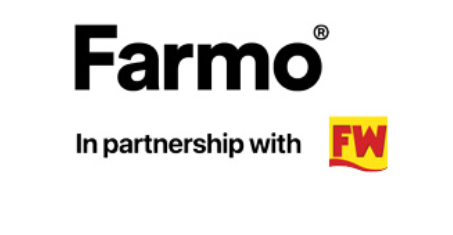East: Rainfall holds up drilling in Lincolnshire
Rainfall amounts in Lincolnshire over the past few days have varied wildly. I have taken 34mm so far this month, but less than 15 miles away that figure is closer to 60mm – and with well over 25mm in the last week, it shouldn’t come as too much of a shock to find out we’re not doing a lot of drilling up here at the moment. The slugs, however, are having a whale of a time and are suddenly taking a bit of keeping up with in some places.
If only the current difficult drilling conditions had prevailed at the beginning of October this year like they did last October – the wet start to last year’s drilling season was the main reason there were so few fields affected by blackgrass at harvest 2015. Delayed drilling and the removal of the second flush of blackgrass in the stale seed-bed was imposed upon us by mother nature, who delivered around 60mm of rain in the first three weeks of October 2014, meaning that early drillings on the heavy blackgrass land were relatively rare.
Had the same been true last month, I feel sure that quite a few of the county’s growers may well have been spared painful, but now imminently necessary decisions as a result of the flush of blackgrass that came up with the early October drilled wheat. How long to give the pre-emergence herbicide stack to see if it’s capable of doing any more to the blackgrass? Do we go out and top up the residual? Do we go out now and put Atlantis on?
Realistically, on the worst areas, the most cost-effective course of action – particularly with wheat at the price it is – is to accept that it’s going to be cheaper to get the glyphosate out and start again. Thankfully, however, such fields are few and far between because lessons have been learned and getting drilled up by 1 October is no longer the sensible option where blackgrass is an issue.
On the non-blackgrass land, the winter wheat is pushing two tillers and the odd fleck of powdery mildew can be found if you look hard enough. The majority of my winter wheat varies from emergence to two true leaves, and what little bit of blackgrass has come up with the wheat, is struggling to deal with the pre-emergence stack of various mixtures and sequences of tri-allate, flufenacet, diflufenican, pendimethalin, prosulfocarb and flupyrsulfuron.
Fingers crossed it remains that way.
As well as opomyza (yellow cereal fly), frit fly and bean seed fly – aphids are beginning to appear in cereal crops now, so barley yellow dwarf virus (BYDV) protection needs to be put in place – particularly if you didn’t use a Deter (clothianidin) seed dressing. I’m using the day degree principle which, in a nutshell, is where you take the mean day temperature, deduct 3C and add up the remainder until you reach the figure of 170 – this is the trigger for applying insecticides. The count starts six weeks after emergence if you’ve used Deter on the seed, from emergence if you haven’t, and seven days after a pyrethroid application if you’ve already done one – of course finding aphids everywhere you look is also a fairly reliable trigger.
Disease levels in oilseed rape remain unnervingly low, indeed I have yet to see any light leaf spot (LLS) on anything other than volunteer rape and have seen no phoma at anything close to the treatment threshold of one plant in 10 affected, so hopefully one good fungicide in the next couple of weeks should suffice. There is, however, a massive amount of leaf miner which can cynically be confused with phoma and indeed LLS, particularly if this pest has been working on the underside of the leaf – know your enemy and choose your weapon wisely – and don’t forget about cabbage stem flea beetle and rape winter stem weevil – I’m finding them without too much difficulty either.
There are a lot of OSR fungicides on the market – some cheaper than others, some which are very good on phoma, but not on LLS, some which are good on both and some which have growth regulatory properties. We only have protectant chemistry for LLS – three weeks at best – and with the current weather I feel it would be very unwise to apply a product that has little or no activity on LLS, but do your sums and pick the most cost-effective product for the job. With rape at its current price, you simply cannot justify a £30 spend when £15 will do just as good a job.
Finally, even though bonfire night has been and gone, we have yet to experience what you could call a “proper” frost this season. When that first frost is forecast, the safest option is to avoid spraying the day after and stay out until you’ve experienced a subsequent night without frost before going spraying again. This allows the lipid layer on the leaf to recover, and once that first frost has been and gone, if another is forecast, just stop spraying by around 3pm to be on the safe side.
If in doubt ask a busy agronomist.

